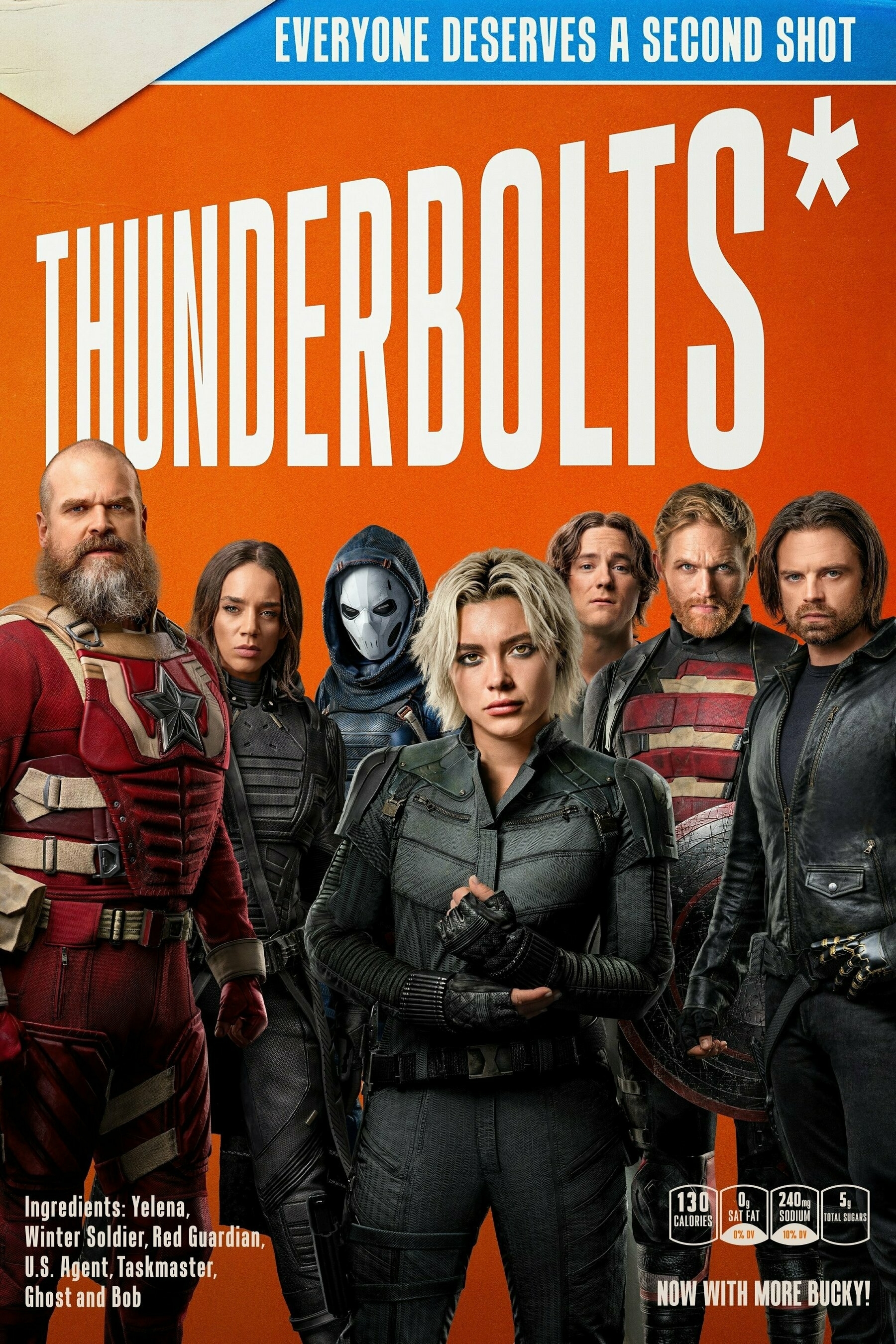
I have grown tired of most superhero movies at this point. It's mostly because I don't want to see anymore gritty or realistic
viewpoints about people gifted with powers beyond our imagination. It's been done. I feel that this movie is actually an answer to that. This group of people have seen what happens when that gift is squandered. They know that it's an ugly world and they rise to the occasion... eventually.
The characters in this film are well acted and I don’t remember there being a moment where I felt that something was dragged on too long. If anything, I feel it would have been welcoming to spend more time with the characters, but it’s probably for the better as we’ve had too many films and shows that try to explain everything and then lose the interest of the viewer (a.k.a. me).
The action sequences are pretty much what you would expect from this kind of film, but done well with a couple really nice cameos. This leads into the biggest flaw with the movie being that certain things just happen… because… plot?
I’m not going to say that this movie miraculously changed my feelings towards superhero movies, but it certainly has given me hope that we can see something with a little more hope in it.
Ultimately, I’m hoping for more.
Overview
After finding themselves ensnared in a death trap, seven disillusioned castoffs must embark on a dangerous mission that will force them to confront the darkest corners of their pasts.
